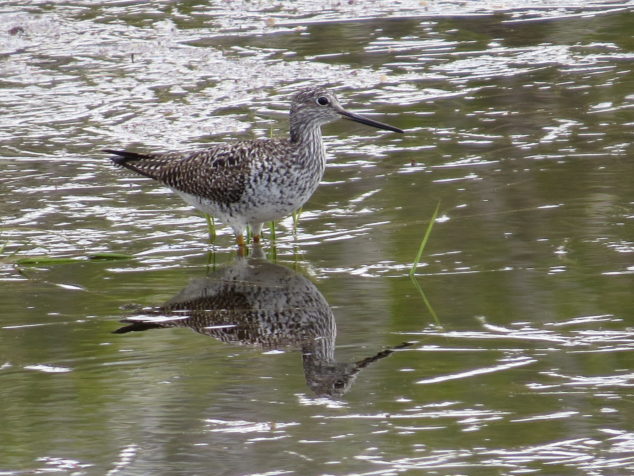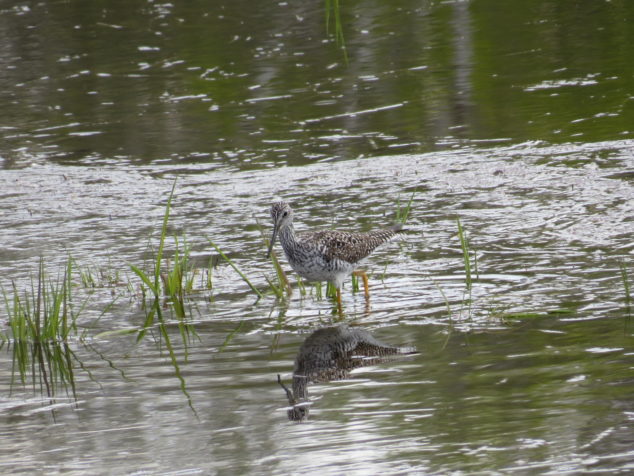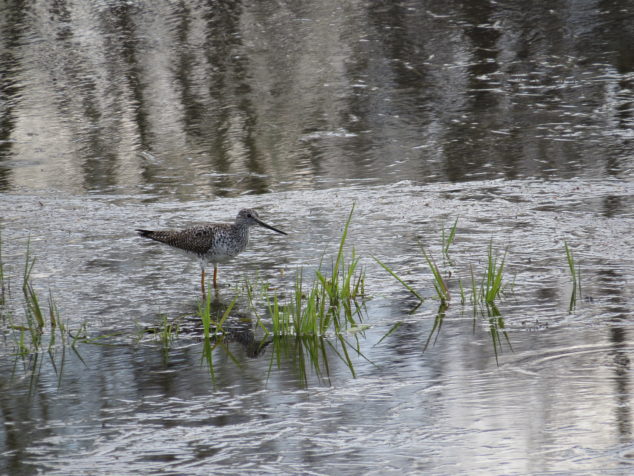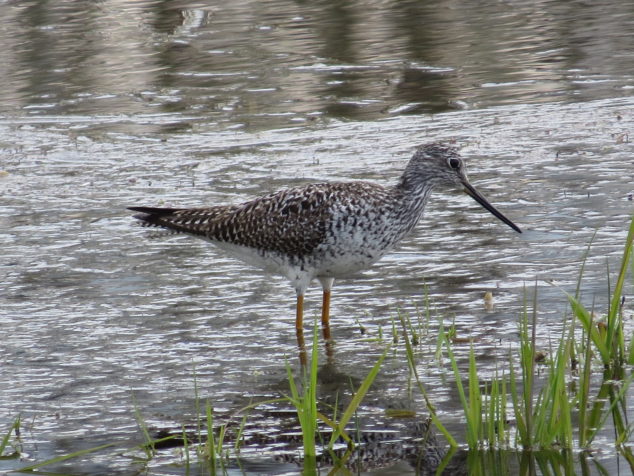I was a traveler when I was a kid. We had a low-slung, wood-sided Mercury station wagon—no dvd players or cup holders and if it had seat belts, we didn’t use them. Every summer the six of us would pack the car with a cooler of food, shared suitcases of clothes, a Johnny Cash eight-tack tape, and a little, brown, hard-shelled suitcase of coloring books, games, etc. to keep us kids occupied on the long trip from eastern Pennsylvania to eastern South Dakota. We traveled almost 1400 miles straight through with my Mom and Dad taking turns driving and sleeping. Most often we would leave on a Friday night and get to Grandma and Grandpa’s farm in the early light of Sunday morning. Occasionally on our trip we would stop at a truck stop for breakfast, but usually we ate at roadside rests with individual boxes of cold cereal (a once a year treat) and picnic meals of cold, fried chicken or sandwiches. It was a time to stretch our legs, run around, re-fuel, and talk and laugh together as a family.
Last week when I walked to the ponds and wetlands close to our house, I saw a bird that I had never seen before. It was some sort of shorebird with a long bill, white underbelly, streaked upperbody, and long, yellow-orange legs, which I later discovered were the basis for its name—Greater Yellowlegs! There is a similar, smaller Lesser Yellowlegs. Yellowlegs travel thousands of miles each year from their wintering areas in southern, coastal United States, Central America, and South America to their summer breeding grounds in sub-arctic forest bogs or muskegs of Alaska and Canada. I was lucky enough to see this Greater Yellowlegs on one of the rest stops on his long, migratory route.
Yellowlegs eat small fish, frogs, insects, snails, worms and occasionally seeds and berries.
The Yellowlegs was busy looking for food, walking through the shallow water, probing the mud for bites to eat. When he turned and saw me, he stopped. Then he continued to walk while bobbing his head and kicking his legs back, behavior indicating that an intruder was seen.
Yesterday, May 13th, was International Migratory Bird Day. It highlights the importance of safe, healthy sites along the migratory routes of the thousands of species that need places for rest and refueling. These rest-stops are critical for the survival of migratory birds.
The quiet, shallow lake was a perfect sanctuary for the Greater Yellowlegs to stop and rest during his long journey, and I’m fortunate to have seen him.
I felt like quite a traveler when I was a kid, especially compared to some of my classmates who had never been out of the county they grew up in, let alone the state! Those trips back to South Dakota each summer were memorable because of the excitement of traveling that long distance to see our relatives, to go back to our Home state. The Greater Yellowlegs have a winter home and a summer home with lots of traveling between the two. And whether for people or migratory birds, the rest stops along the way on our journeys are imperative for renewal, restoration, (sanity), and rejuvenation for the remainder of the trip and for Life ever after.




Leave a Reply